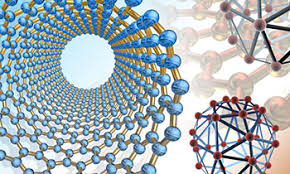Mechanical and Materials Engineering, Department of

Department of Mechanical and Materials Engineering: Faculty Publications
ORCID IDs
Michael M. Norton https://orcid.org/0000-0002-1970-760X
Piyush Grover https://orcid.org/0000-0003-3953-8863
Michael F. Hagan https://orcid.org/0000-0002-9211-2434
Seth Fraden https://orcid.org/0000-0002-2420-9939
Document Type
Article
Date of this Version
10-23-2020
Citation
PHYSICAL REVIEW LETTERS 125, 178005 (2020)
DOI: 10.1103/PhysRevLett.125.178005
Abstract
In this work we present the first systematic framework to sculpt active nematic systems, using optimal control theory and a hydrodynamic model of active nematics. We demonstrate the use of two different control fields, (i) applied vorticity and (ii) activity strength, to shape the dynamics of an extensile active nematic that is confined to a disk. In the absence of control inputs, the system exhibits two attractors, clockwise and counterclockwise circulating states characterized by two co-rotating topological þ1 2 defects. We specifically seek spatiotemporal inputs that switch the system from one attractor to the other; we also examine phase-shifting perturbations. We identify control inputs by optimizing a penalty functional with three contributions: total control effort, spatial gradients in the control, and deviations from the desired trajectory. This work demonstrates that optimal control theory can be used to calculate nontrivial inputs capable of restructuring active nematics in a manner that is economical, smooth, and rapid, and therefore will serve as a guide to experimental efforts to control active matter.
Included in
Mechanics of Materials Commons, Nanoscience and Nanotechnology Commons, Other Engineering Science and Materials Commons, Other Mechanical Engineering Commons


Comments
© 2020 American Physical Society